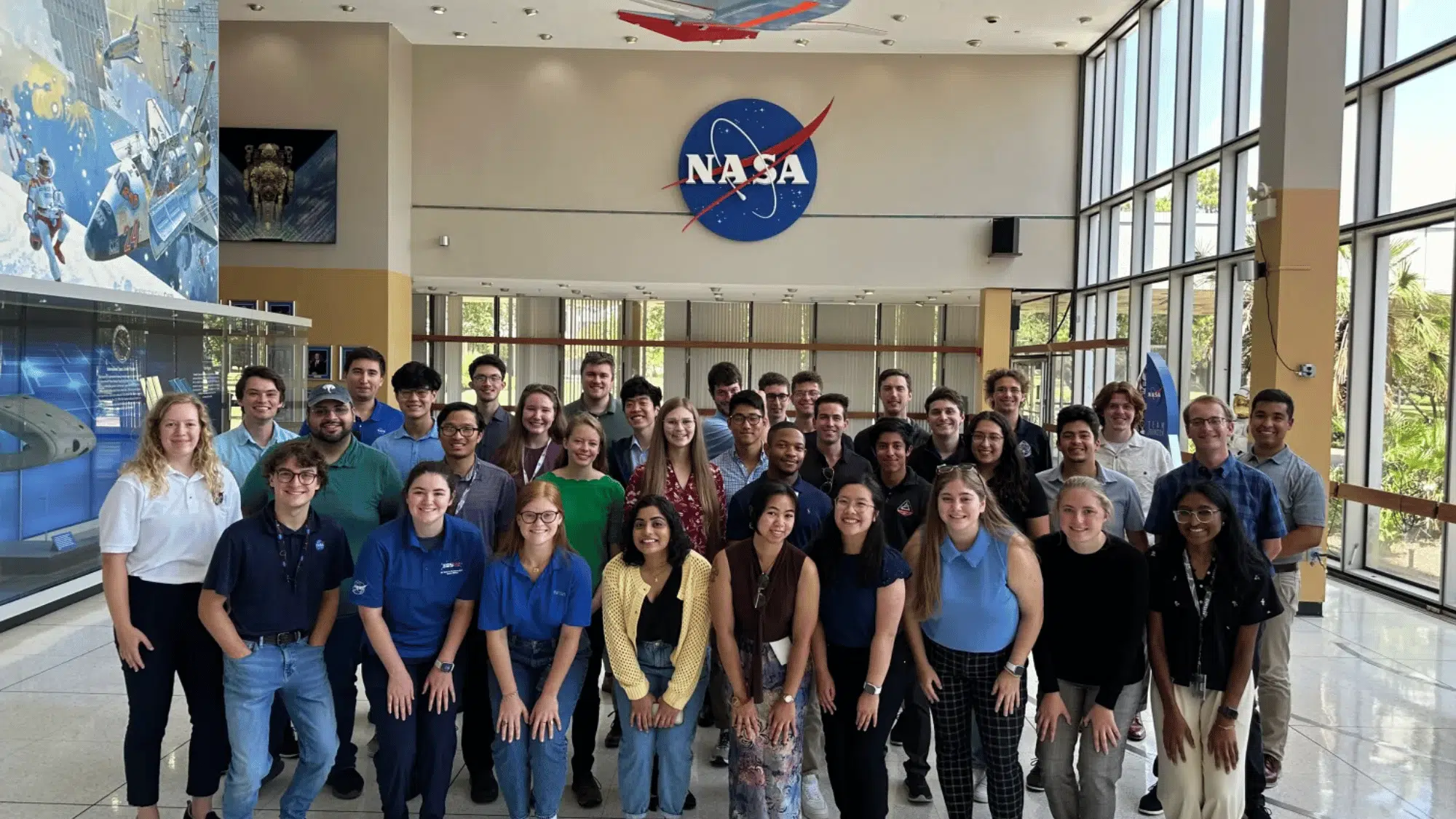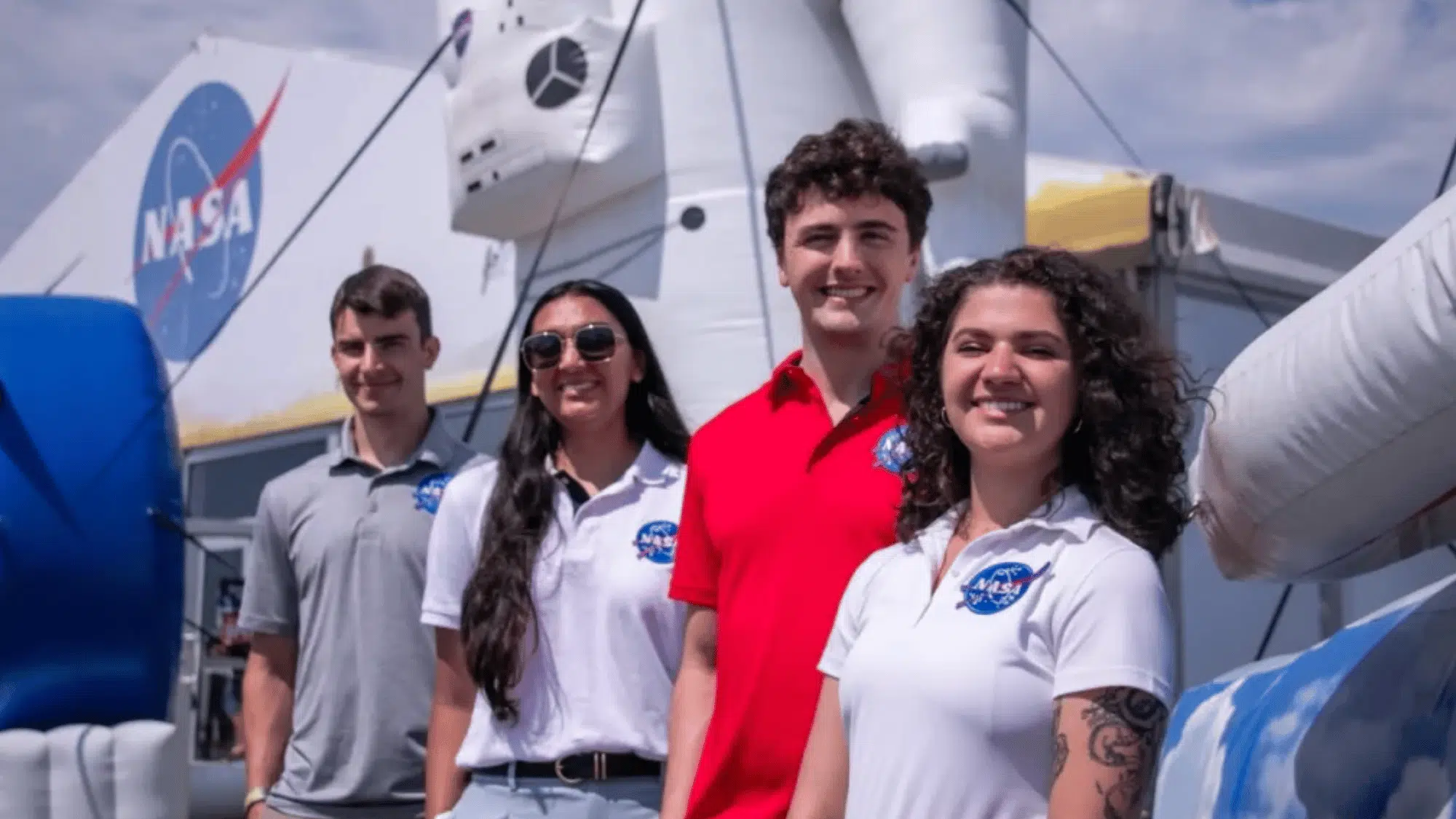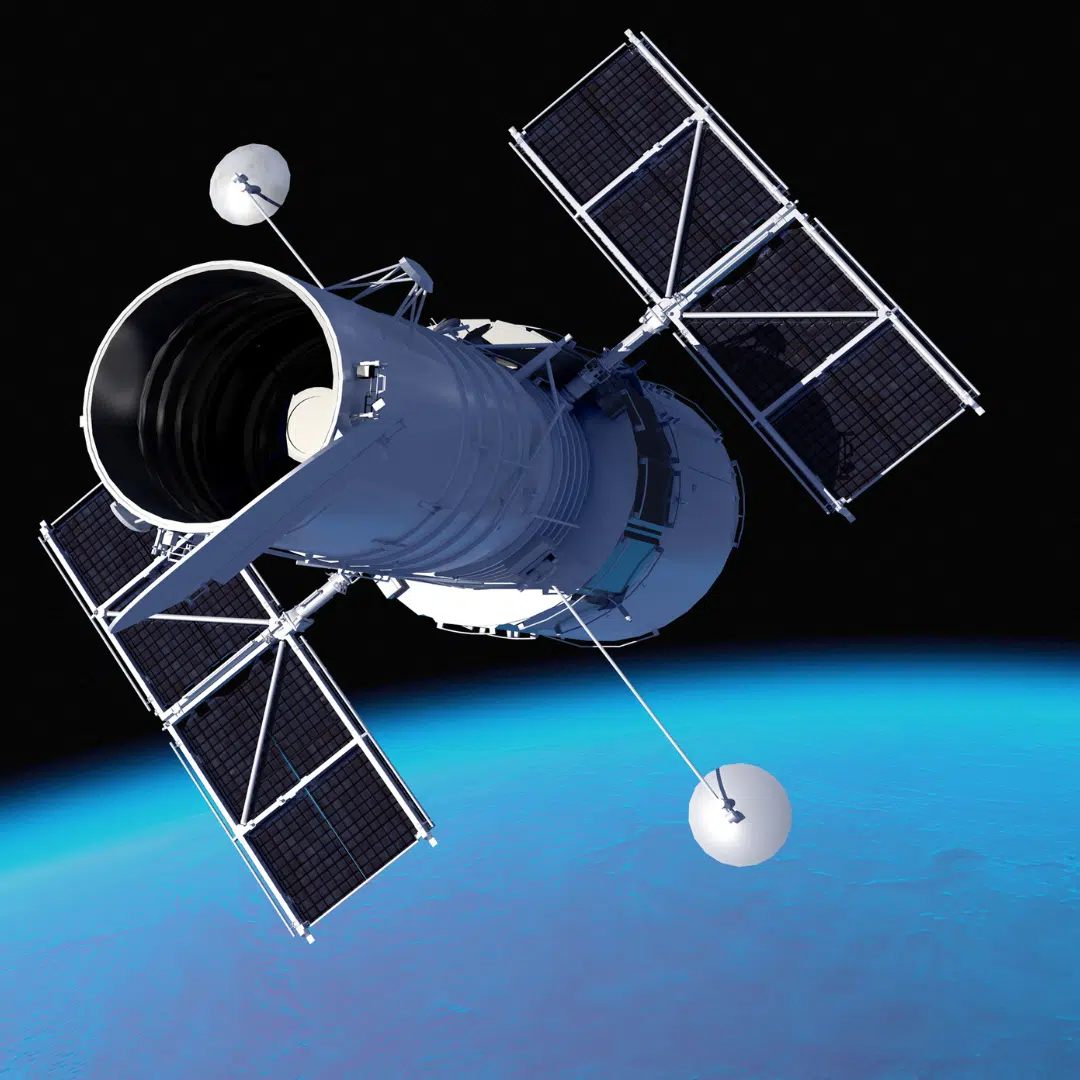NASA internships give students a chance to learn and grow while working with one of the most well-known space organizations in the world.
These programs are designed to help students gain experience in science, technology, engineering, and math, and beyond.
Many young people are curious about how these internships work, who can apply, and what the process looks like.
There are different types of internships, and each one has its own requirements and opportunities. Learning about these programs can help students decide if they are a good fit.
What are NASA Internships?
Internships at NASA are short-term opportunities where students work with experts on projects connected to space, science, technology, and engineering.
Most programs last about 10 to 16 weeks, depending on whether they take place in the fall, spring, or summer. These internships are offered at NASA centers across the United States:
| Facility/Center | Location |
|---|---|
| Neil A. Armstrong Test Facility | Sandusky, Ohio |
| Glenn Research Center | Cleveland, Ohio |
| Goddard Institute for Space Studies | New York, New York |
| Goddard Space Flight Center | Greenbelt, Maryland |
| Mary W. Jackson, NASA Headquarters | Washington, D.C. |
| Wallops Flight Facility | Wallops Island, Virginia |
| Langley Research Center | Hampton, Virginia |
| Katherine Johnson IV & V Facility | Fairmont, West Virginia |
| Kennedy Space Center | Merritt Island, Florida |
| Marshall Space Flight Center | Huntsville, Alabama |
| Stennis Space Center | Hancock County, Mississippi |
| Johnson Space Center | Houston, Texas |
| White Sands Test Facility | Las Cruces, New Mexico |
| Armstrong Flight Research Center | Edwards Air Force Base, California |
| Jet Propulsion Laboratory | Pasadena, California |
| Ames Research Center | Mountain View, California |
| Vandenberg Space Force Base | Lompoc, California |
Types of NASA Internship Programs


Image Source: NASA
NASA offers several internship programs to help students learn and take part in real projects. Each one has a different focus, but all give hands-on experience that connects to NASA’s work.
1. Office of STEM Engagement (OSTEM) Internships
OSTEM Internships give high school and college students the chance to work with NASA mentors on real projects.
These are paid opportunities, and they allow students to gain practical skills in science, technology, engineering, and math. Interns may help with research, data, or testing new ideas.
OSTEM sessions run in the fall, spring, and summer, with each lasting about 10 to 16 weeks, making it possible to fit around school schedules.
2. Pathways Internship Program
The Pathways Internship Program is a paid work-study program that connects classroom learning with real work at NASA.
This program is longer than most internships, often lasting several months or more, since it is designed to prepare students for future careers.
NASA offers Pathways opportunities in many fields using OPM occupational classifications. These include:
Engineering, Science, and Technology:
- GS-899: Engineering
- GS-1399: Physical Sciences
Business
- GS-0099: Safety & Occupational Health
- GS-199: Social Sciences
- GS-299: Human Resources
- GS-399: Administration and Program Management & Analysis
- GS-599: Accounting & Budget
- GS-1099: Communication & Public Relations
- GS-1199: Procurement and Contracts
- GS-1599: Math & Statistics
- GS-2299: Information Technology
The exact disciplines and skill sets are posted in the weeks before applications open.
3. Jet Propulsion Laboratory (JPL) Internships
JPL internships focus on robotic exploration of space and related scientific studies.
Interns may help design spacecraft, study planetary surfaces, or create new technologies for exploration.
Located in California, JPL offers a collaborative setting where students learn from top scientists and engineers.
These internships usually last 10 to 12 weeks during the summer, though some may run during the academic year, giving interns time to contribute to active research projects.
4. International Internship Program (NASA)
The International Internship Program gives students from NASA’s partner countries the chance to join research projects.
These internships usually last 10 to 16 weeks, depending on the project and host center, and they provide a chance to build both skills and international cooperation.
Current countries with agreements include: Australia, Canada, Colombia, Lithuania, Luxembourg, Mexico, New Zealand, Norway, the Republic of Korea, and Sweden.
Students from partner countries can apply to the NASA International Internship Program through their home space agency or organization that has an official agreement with NASA.
5. Fellowships
NASA fellowships are research-based opportunities for graduate students. They provide funding and guidance for projects that support NASA’s missions in space, science, and technology.
Fellows may design experiments, study materials, or work on new solutions for future missions. Unlike shorter internships, fellowships often last for a full academic year and may extend longer.
This extended time allows students to dive deeply into advanced research and develop their own original work.
Eligibility Criteria for NASA Internships
Eligibility rules help students understand which NASA internship programs they can apply for. Each program has its own requirements, such as education level, GPA, or citizenship.
| Internship Type | Who Can Apply | Requirements | Citizenship |
|---|---|---|---|
| OSTEM Internships | High school & college students | GPA 3.0+, resume, transcripts, recommendation. | U.S. citizens |
| Pathways Program | College students | Enrolled half/full-time. | U.S. citizens |
| JPL Internships | College, graduate, postdocs | GPA 3.0+, STEM fields. | U.S. citizens or permanent residents |
| International Internship (NASA) | Students from partner countries | Must meet country and NASA standards. | Non-U.S. (with agreements) |
| Fellowships | Graduate students | Research proposal, GPA, and recommendation letters. | U.S. citizens (mostly) |
Note: Eligibility requirements vary by program. Confirm with the official NASA website before applying.
How to Apply for NASA Internships
Applying for a NASA internship is easy if you plan ahead. Follow these steps to get started and give yourself the best chance to be selected.
- Go to the official NASA Internships website to apply online.
- Create an account and fill out your profile with your education, skills, and background.
- Get your resume, school transcripts, and letters of recommendation ready before you apply.
- Search for projects that match your interests; you can apply to more than one.
- NASA will review your application, and some students may be asked to do an interview.
- Apply early, stay organized, and keep track of deadlines to improve your chances.
- Follow @nasainternships on Instagram to get updates and learn about new opportunities.
Deadlines of NASA Internships
These internships are tied to three main sessions each year, and each has a set application window.
- For the spring session, applications generally close in October or November, giving time for placements to be confirmed before the new year.
- The summer session is the largest and most competitive, with deadlines usually falling in January or February.
- For the fall session, applications often close by May or June, allowing students to prepare before the academic year begins.
These dates remain fairly consistent from year to year, though exact openings and closings are announced in advance of each cycle.
Since opportunities fill quickly, paying attention to these deadlines helps applicants avoid missing out on their preferred session.
Tips to Get Ready for NASA Internships


Image Source: NASA
Getting ready for a NASA internship takes planning and focus. Here are six important tips to help:
- Write your own application materials. Do not use ChatGPT or AI to create resumes or essays. NASA requires original work.
- Stay organized. Keep a checklist of deadlines, required documents, and tasks to avoid missing anything.
- Practice technical skills. Spend time on coding, lab work, or data projects that match your field of interest.
- Strengthen writing skills. Clear communication is important for reports and presentations.
- Get feedback. Ask teachers or mentors to review your resume or essays and suggest improvements.
- Apply early. Submitting applications well before the deadline is strongly recommended because many opportunities fill quickly.
Conclusion
Internships at NASA give students direct experience with research, problem-solving, and teamwork on projects that matter.
Interns gain practical knowledge that strengthens both academic studies and career goals. These programs also encourage creativity, as students are challenged to think of new solutions for real-world issues.
Working alongside professionals helps develop confidence and leadership skills that are useful in any field.
The chance to contribute to space, science, or technology can inspire a lifelong passion and bring students closer to fulfilling their dream of being part of discoveries that shape the future.


















